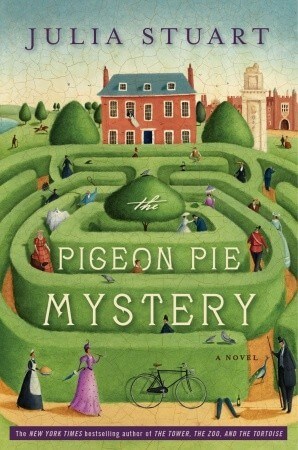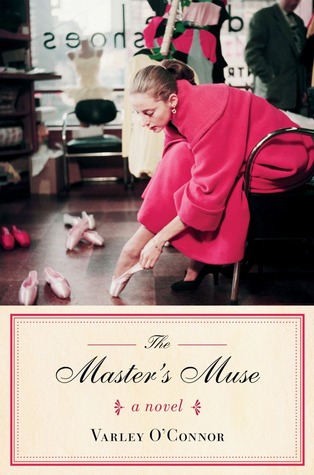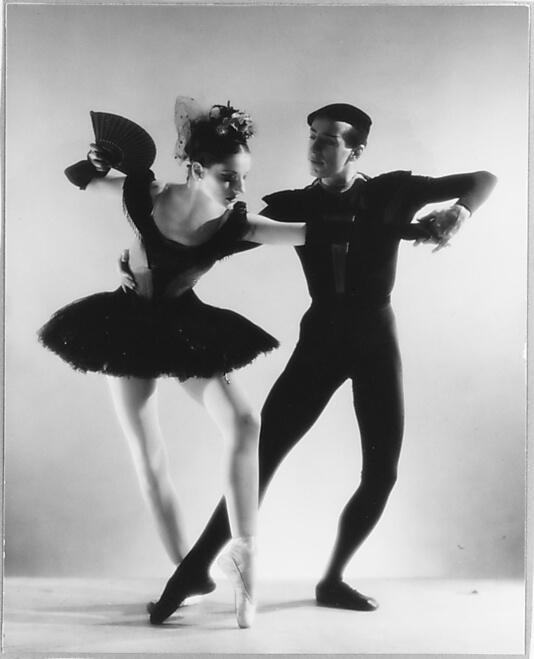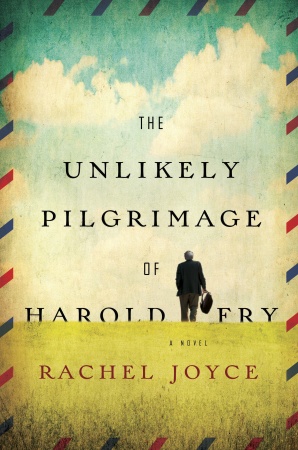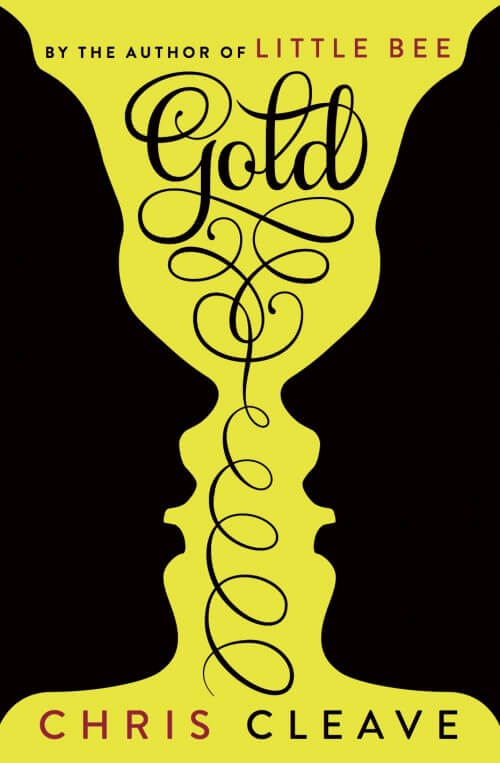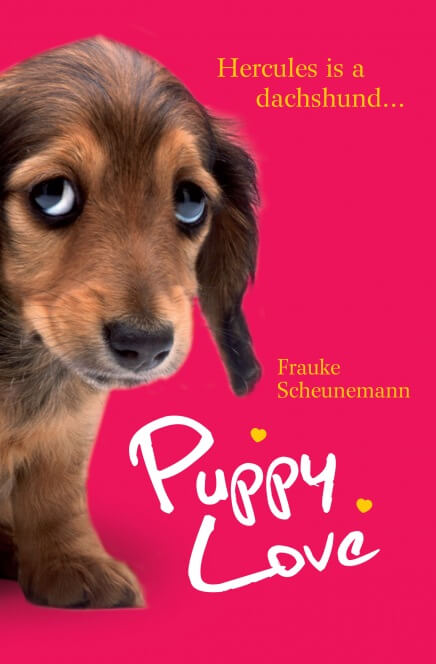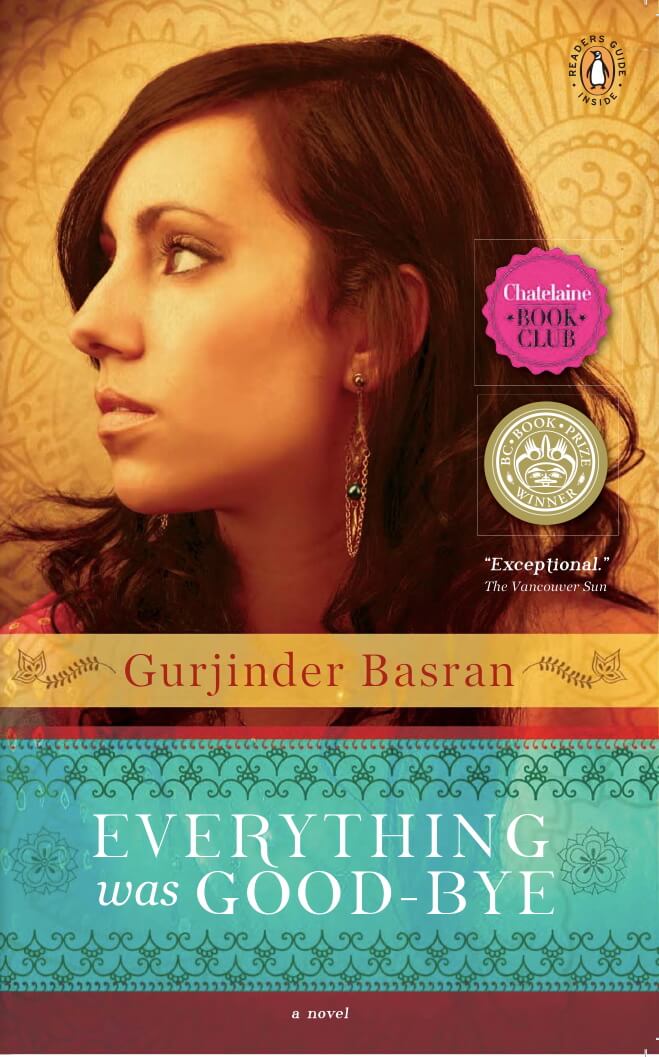The Maharaja is dead, the doctor has driven his bicycle into the Thames, and the pigeon pie might be poisoned. It’s all just a day in the life of the characters in Julia Stuart’s sly, crisply quirky The Pigeon Pie Mystery.
“As a matter of interest, how mad should one’s hatter be?“
Tapping the tips of his fingers together, Mr. Wildgoose considered the question. “You would expect some degree of madness, of course, sir. But we advise our customers to stay clear of the certifiable. They have a tendency to overcharge, and many struggle with the brims, sir. Just nicely mad, sir. That’s what you want. Just nicely mad.”
– The Pigeon Pie Mystery, Julia Stuart
The Maharaja is dead, the doctor has driven his bicycle into the Thames, and the pigeon pie might be poisoned. It’s all just a day in the life of the characters in Julia Stuart’s sly, crisply quirky The Pigeon Pie Mystery.
The year is 1898. Daughter of an English noblewoman and an Indian Maharaja, Princess Alexandrina (nicknamed “Mink” at a young age because of her penchant for sleeping amongst her mother’s furs) finds herself without any option but to take up Her Royal Highness’s offer of a grace-and-favour warrant to live at Hampton Court Palace. Her father died in scandal and financial ruin, which has caused her fiancé to flee from the taint of impropriety. The palace is home to a number of nobles who no longer have the means to support themselves, but who have curried favour with the Queen.
Her new living quarters are free of charge though not free of intrigue, headaches, meddlesome housekeepers, and murder. Continue reading “Crape, Black, and Half-Mourning: A review of The Pigeon Pie Mystery by Julia Stuart”

